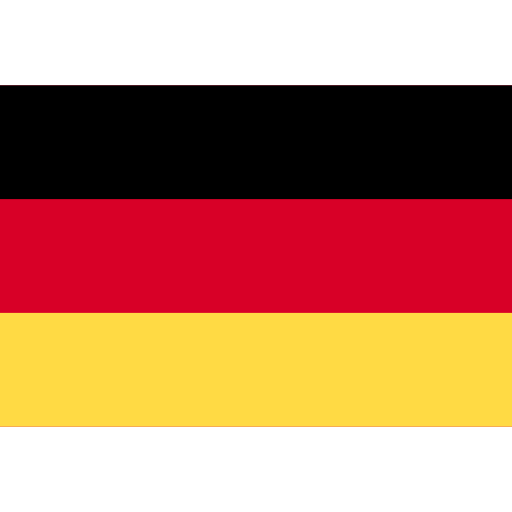Heinz Rabbow
(* 1940 Berlin)
Heinz Rabbow was born in Berlin in 1940. Despite a keen sense of aesthetics and a keen eye for the human condition, he came to painting late in life - and eventually made it his third profession.
After studying journalism in the 1960s, Rabbow worked as a journalist until 1972. He then studied history and education in Hamburg and began working as a primary school teacher in a socially deprived area of Berlin in 1974. He taught disadvantaged children there for two decades - many from immigrant families. This intensive educational work shaped his view of people: his later art is deeply rooted in empathy and humanity. Rabbow developed a pronounced sense of quiet dignity, emotional depth and the expressive power of the face - especially the eyes, which play a central role in his works: As mirrors of the soul, as silent narrators of truth, emotion and existence.
Parallel to his pedagogical work, Rabbow increasingly developed his artistic language. His early pictures show simple people - born of memory and dreams. The combination of an introspective view and precise craftsmanship led to a surprisingly successful career as an artist in the 1980s. In 1995, he finally gave up his secure teaching position to devote himself entirely to art.
Heinz Rabbow is a self-taught artist - but also a philosopher, pedagogue and keen observer of the human condition. His works radiate calm and delicacy, supported by technically precise execution. His painting technique is closely linked to the traditional ‘grisaille’ process: a monochrome glazing technique in fine layers, usually with egg tempera on wood. The elaborate build-up of up to twenty layers of colour - especially in the area of the skin and eyes - creates an inner luminosity that makes his figures appear both contemporary and timeless. They appear ghostly familiar, almost supernatural - with a gaze that both penetrates and embraces.
Rabbow's works have been exhibited internationally - including in Berlin, Amsterdam, New York, Montréal and Düsseldorf - and at major art fairs such as Art Basel, FIAC Paris, Art Cologne and TEFAF Maastricht, where he was the first living artist to be represented.

_Frau_in_Gruen_81_x_85_cm-(d52beb26-83f9-11f0-9500-1bd1ff3694f0).jpg)
.jpg)
.jpg)
_Frau_mit_braunem_Haar_63_x_69_cm-(544a3ed6-83f9-11f0-af8d-4d09bd4faeb9).jpg)
_Frau_mit_gebluemtem_Tuch_130_x_134_cm-(edeed8dc-83f7-11f0-98b6-85bd3d8d9d66).jpg)
.jpg)
.jpg)
_Frau_mit_hellem_T-Shirt_63_x_69_cm-(a4c42dd0-83f5-11f0-bbfa-31af6d60cade).jpg)
_Frau_mit_Ohrclip_70_x_70_cm_Kopie-(973a61f2-fff7-11ef-896f-07caefe36db5).jpg)
_Frau_mit_roter_Muetze_70x70_cm-(79958f42-c396-11f0-9aa1-095d640a9d24).jpg)
_Frau_mit_verschraenkten_Armen_70_x_84_cm-(d3647310-83fb-11f0-a3bd-f32badab9655).jpg)
_Junge_Frau_mit_gelbem_Shirt_70_x_70_cm_-(c1a1ffbc-c3a7-11f0-b53a-23aaec611346).jpg)
.jpg)
_Junge_Frau_mit_wehendem_Haar_100_x_115_cm-(3f7a639e-c3a7-11f0-a89e-17a829accf38).jpg)
.jpg)
_Lehrling_79_x_58_cm-(c7936542-83fa-11f0-8a15-0104f58c89f0).jpg)
_Liegende_mit_hellem_Haar_110_x_120_cm-(4214a6b4-83fb-11f0-977a-c135bd55e686).jpg)
.jpg)
.jpg)
_Vater_und_Sohn_59_x_49_cm_Kopie-(388ad83e-fff8-11ef-905e-23c826b6d6e1).jpg)